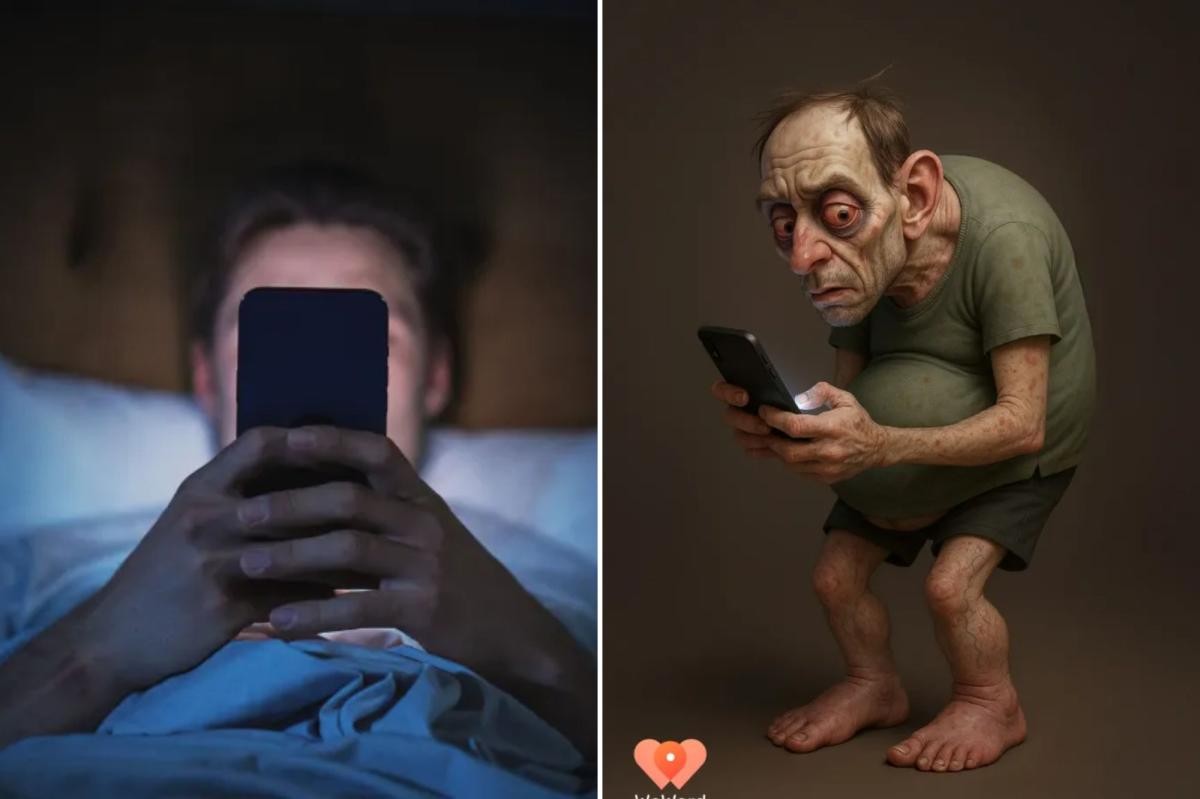The 2050 Couch-Goblin: An AI portrait of our sedentary future
WeWard has digitally imagined what we’ll look like in 2050 if we don’t change our couch-potato ways. The figure, nicknamed Sam, is more than a caricature—it’s a medically grounded projection of how inactivity can reshape our bodies and health in a world of endless convenience. Sam was created as a visual forecast of how inactivity can affect physical appearance and overall health. WeWard built him by feeding data from the World Health Organization, the CDC, and other sources into a ChatGPT prompt. The message is blunt: if we choose convenience over movement, the future could be grim. “If you’re looking for something frightening this Halloween, look no further than what could be our future if we continue to place convenience over daily movement.”

In This Article:
Who is Sam? A medically grounded projection of inactivity’s cost
Sam is presented as a concrete, medically grounded projection of what can happen when we stay sedentary. WeWard describes him as a visualization that reveals how inactivity can affect both appearance and health. The project was built by sourcing data from major health institutions and feeding it into a ChatGPT prompt—the result is a stark, if unsettling, portrait intended to spark action rather than despair. The core warning remains clear: a future shaped by convenience over movement comes with tangible health costs.

The price of convenience: a global inactivity epidemic
WeWard warns we are in the midst of a global inactivity epidemic. The World Health Organization notes that 80% of adolescents don’t meet the requisite levels of physical activity. “In today’s culture of convenience, simple tasks like ordering food, taking work meetings, and connecting with friends can now happen directly from your couch,” WeWard writes. “Add that to the hours spent doom-scrolling on social media, and we’re spending abnormal amounts of time sitting behind a screen.” Sedentary lifestyles heighten the risk of stroke, heart disease, diabetes, cancer and even dementia.

From tech neck to aging eyes: the visible and invisible costs of screens
Sam’s posture is a forward-tilted head with a curved upper back—a classic “tech neck” that’s common among heavy smartphone users. Researchers in Interdisciplinary Neurosurgery have warned that frequent smartphone use can lead to a non-neutral neck posture and musculoskeletal disorders, increasing cervical spine pain and muscle strain. Blue light exposure from screens is linked to premature aging and hyperpigmentation of the skin, while excessive screen time reduces blinking, causing dryness, blurred vision, headaches and difficulty focusing. Experts suggest the 20-20-20 rule: every 20 minutes, look at something 20 feet away for 20 seconds.

A call to move: what we can do now
Sitting for long stretches slows circulation, causing fluids to accumulate in the ankles and feet, leading to swelling. It can also contribute to varicose veins and, in more serious cases, blood clots. The cautionary tale isn’t just about appearance: a 2020 case in the UK saw a 24-year-old man die of a blood clot after hours of gaming during lockdown. Beyond clot risk, other problems include joint stiffness, arthritis, hair thinning, skin issues and bags under the eyes. WeWard even invited users to upload their own photos to see what their spooky future selves might look like if they stay still—and to imagine what moving more could change. In short: movement isn’t optional; it’s a health imperative, and small, consistent changes can rewrite the future.

